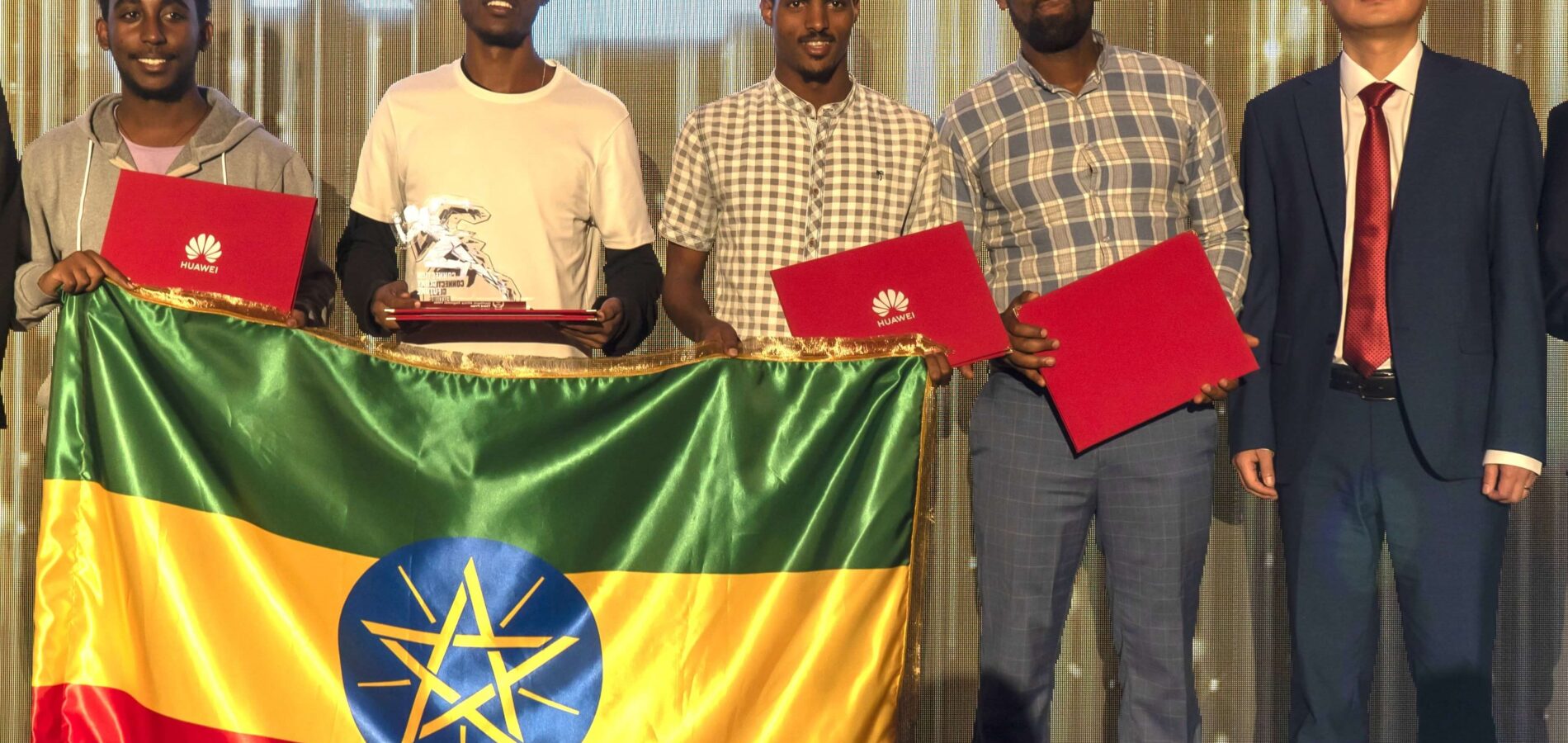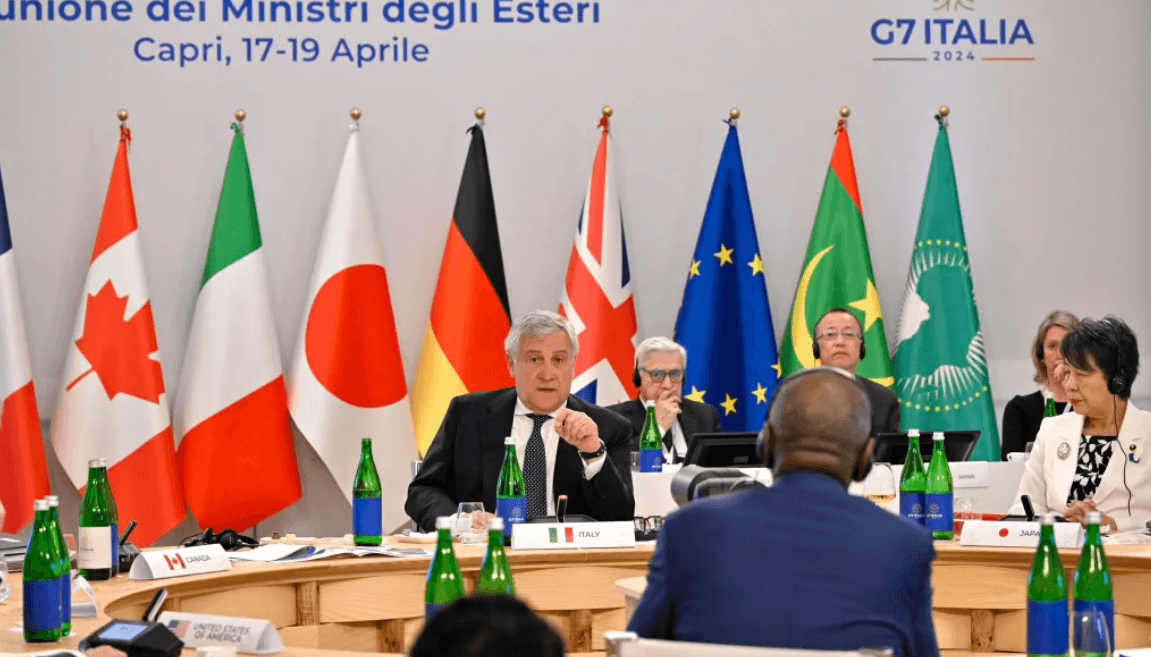The first signs of a looming drought in Ethiopia began surfacing as far back as early 2015, when it became clear that a significant part of the country has experienced inadequate (and erratic) pattern of rain, the country’s main source of agriculture.
In August 2015, the United Nations Office for the Coordination of Humanitarian Affairs (UNOCHA) issued a statement that unambiguously signaled the disaster that was waiting to happen. “Food insecurity is widespread and rates of acute malnutrition are growing now above the international threshold that define an emergency,” the statement declared. (UNOCHA first signaled the alarm in February).
What triggered the first alarm was a below average rain the country received during the Belg season. But it was enough to significantly affect the season’s agricultural production and dry up scarce water resources in areas where rain water is the only source of life. As the latest El Nino, the hardest in recorded history, continued wreaking havoc in Sub-Saharan Africa, Ethiopia became its worst victim when it failed to receive, yet again, adequate rain during the main rainy season of June-September 2015.
Needless to say, humanitarian agencies, including UNOCHA, have been warning about the extended impact of El Niño into 2016. “The season is expected to be below normal, despite improvements in rainfall performance since end-July, as per the characterization of El Niño”, UNOCHA said in its statement. “A reduced Meher harvest following a failed Belg season will compound the dire food security in vulnerable areas.”
In August of the same year, the number of people in need of food aid was reported to be 4.6 million, a figure that jumped to 10.2 in December (see story here). But it was not the number of hungry people that kept growing; approximately 105,000 cattle, more than 440,000 goats and sheep, nearly 15,000 camels, and an estimated 4,500 donkeys have so far perished in the agro-pastoral and pastoral areas of Afar, in eastern Ethiopia and one of the worst affected areas.
Now, a discussion between the government and its humanitarian partners is underway to revise the number of people in need of food aid, which could simply see the figure jump to double the existing 10.2 million. By any standard, this is nothing short of a national disaster.
Not Ethiopia
Of all the countries in the world, Ethiopia, replete with its own history of drought and famine, should have been the last country to contemplate just what these first signals entail. Alas, the drought has become one of the many national agendas where the ruling EPRDF’s nature of secrecy, inconsistency and disharmony takes precedence.
At the helm of this is the National Disaster Risk Management Commission office. As early as Sep. 2015 an official from the office told the media that “the government has enough food stock and it is assisting farmers to continue their farming practices.” The head of the office, Mitiku Kasa, claimed the situation would not get out of control. He insisted the government was distributing early-maturing and drought-resistant crops in most of the affected areas. Mitiku repeated the same statement in mid March this year when he told a state affiliated media outlets that the government has enough supply of food to feed all the hungry people. However, his statement followed another statement by Prime Minister Hailemariam Desalegn who asked the world to help Ethiopia cope with the worst drought in its history.
All the same, independent media is tangled in a web of bureaucratic bottlenecks (and perhaps a systematic censorship) to freely report on the scale of what humanitarian agencies, often extremely cautious with the use of terms, are now referring to as a “disaster”.
There is no denial that the news of the drought and its devastating impact is on a collision course with the narrative the incumbent has relentlessly cultivated for the last decade or so: with a soaring GDP, much of it supposedly from the same rain fed agriculture that is now under threat, Ethiopia is the fastest growing economy and (miraculously) will continue to grow.
But for anyone, other than the government itself, there is no illusion that with the inadequate rain registered in the month of March this year, (the third consecutive major shortage of rainfall) Ethiopia is poised to see the worst of the drought.
Treat it like it is!
In 2011, when the recent last drought affected the entire Horn of Africa and threatened the lives of more than 11.5 million people mainly in Somalia, Ethiopia and Kenya, Ethiopia was at the driving seat to mobilize international support that resulted, among others, in the pledging conference by the African Union. It not only organized a pledging conference but declared 15th of August 2011 a “One African Voice Call Day.” The pledging conference and its results were not without shortfalls, but thanks to due acknowledgements by the countries affected, including Ethiopia, they were able to mitigate the drought before it plunged the region into a major catastrophe zone.
The current drought in Ethiopia, on the other hand, has affected nearly the same number of people as the Horn of Africa drought in 2011. Worse, the number is expected to show a dramatic increase once the latest humanitarian requirement document, a document jointly prepared by the government and its humanitarian partners, sees the light of the day. And yet, the government decided to remain silent, worse still, it kept on sending mixed and confusing signals regarding the real state and magnitude of the drought. It also intimidates its humanitarian partners not to speak freely and often accuses them of exaggerating the situation. And although geographically more than a third of the country is affected by the drought and possibly nearly a fifth of the country’s population is threatened by it, the government kept on describing it as a drought that affected “some areas” and “some people.”
So far, only half of what’s needed (a staggering 1.4 billion dollars) is secured, and no one heard of initiatives such as donors’ pledging conferences. It is perhaps with this in mind that in the first week of March, humanitarian agencies in Ethiopia launched a 90-day campaign to “raise awareness on the urgent need for an additional funding for the drought crisis in Ethiopia to address the humanitarian resource gap.”
It is an awareness campaign that faces a stiff competition for resources in the face of the unprecedented refugee crisis in Europe, a continent home to most of Ethiopia’s traditional humanitarian partners. But it helps greatly if the government in Ethiopia stops worrying too much about de-servicing its self constructed image and start treating the drought like it needs to be treated – a national disaster – and activates the code red!
Five months after this magazine wrote an editorial pleading with the government to depoliticize hunger we will once again close this editorial with the same sentence we used back in October. “…it is time the country’s policy makers depoliticize hunger as detractor of their image and start treating it for what it is; a country’s image is nothing without its peoples’ lives.”







